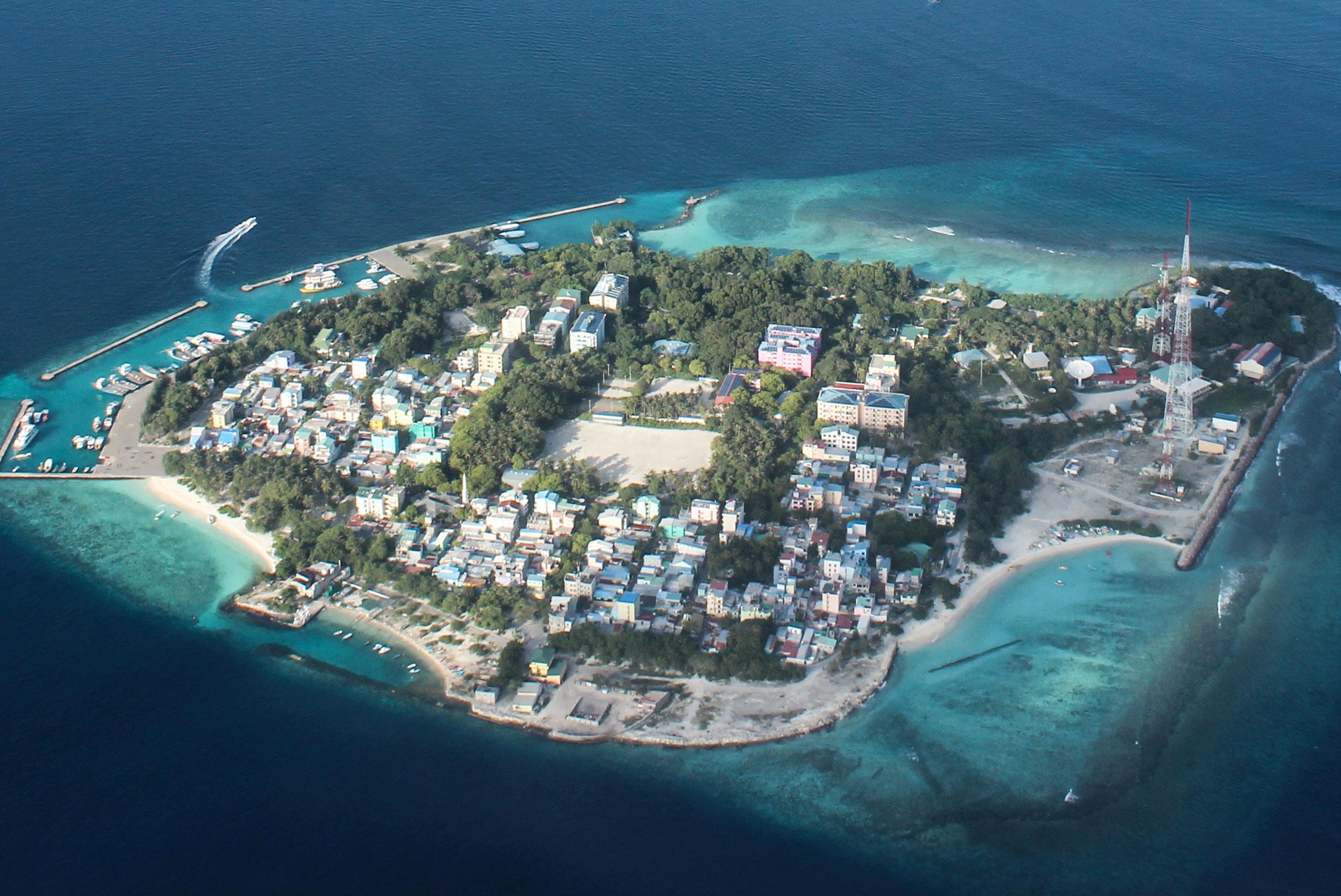
4 minute read
IMPACT ON SMALL STATES
In addition to the environmental consequences, climate change has and will cause significant challenges across a range of socio-economic areas and sectors. Because of the characteristics of many small states and territories, such as a limited resource base, remoteness from markets, geographic isolation, low-lying terrain and large coastal populations, they will experience many of these challenges to a greater degree and will be more limited in their ability to respond.
Despite the gravity of the challenges ahead, positive steps can be taken at the local, national and international level towards preventative and remedial solutions across different sectors. Parliamentarians can learn about the broad reaching effects that climate change has in their jurisdictions. This will build a knowledge base to help better scrutinise the work of the government related to climate change, or in formulating their own policy responses with the support of different stakeholders.
Sea-level rise: Many small states are particularly vulnerable to sea-level rises. With infrastructure and economic activities being largely located in low-lying coastal areas, the dangers and challenges are significant. As populations grow and the impacts of climate change continue, re-locating populations will become increasingly challenging. Various small states also face an existential threat if the higher projections of sea-level rises come to fruition.
Extreme weather: The climate of many small states makes them naturally prone to suffer more frequently from extreme weather events. The intensity of tropical cyclones for example, is expected to increase, with SIDS being among the most at-risk states in the world. The climate of small states, with the majority of SIDS being located in the tropics, also makes them natural targets to severe weather, which can include rapid-onset events (e.g. storms and floods) or slow-onset effects (e.g. desertification and biodiversity loss).
Fisheries and coastal ecosystems: The vast ocean spaces characterising many small states, makes the fishing industry key. In the Pacific for example, it contributes up to 10% of total GDP . As a result of climate change, changes in species locations and numbers will affect catches. This will result in reduced profits and jobs, food insecurity and conflict over new markets as marine species shift due to changes in the water temperature.
Addressing pressures on coastal ecosystems, the Food and Agriculture Organization provides a framework for fisheries management, incorporates the range of potential technical and policy solutions. However, this requires resources for implementation. Therefore, engaging and forming partnerships with a range of stakeholders at both the local and national level is crucial. Promoting local ownership through a locally managed marine area (LMMA) is also another potential tool for managing marine ecosystems in a participatory manner.
Learn more: Locally Managed Marine Area Network
70
60
50
40
30
20
10
0
Contribution of Tourism to GDP in SIDS (%) (2016)
Temperature data showing rapid warming in the past few decades, going up to 2018
Tourism: Tourism is another industry that many small states rely upon for a large portion of their revenue. Sea-level rises and storm surges place a major threat on tourist infrastructure, such as resorts which are predominantly in coastal areas and are served with little coastal protection in order to make them visually appealing to tourists.
In addition to adaptive measures to dampen the damage from climate change, small states can promote the sustainability of the tourism sector by expanding specialised tourism sectors such as eco-tourism. This would bring in new opportunities for skilled employment and advance sustainable economic development against the backdrop of climate change.
Learn more: Tourism and the Sustainable Development Goals, UNWTO, 2017
Water management: The impacts of climate change, most notably the intrusion of saltwater into freshwater aquifers, is placing an even greater burden for small states on clean water supplies, many of which are already classified as water-stressed. With economies based on industries reliant upon freshwater supplies, economic losses are also a likely outcome, severely affecting the livelihoods and well-being of citizens.
Various technical measures exist from improving wastewater facilities, to low-cost options such as artificial wetlands. Improving the use of existing resources is also critical. For this more knowledge is needed in small states through comprehensive assessments on the management of groundwater resources. Integrating the management of water and land resources, which considers the often-competing needs of both sources, has also been advocated.
Learn More: Transboundary Aquifers and Groundwater Systems of SIDS, UNEP, 2016

Migration an displacement: Although small states have a long history of migration, which is not always viewed negatively, the impacts of sea-level rise will place greater strain on coastal populations, increasing displacement and the resettlement processes. As well as the personal toll on those impacted, migration driven by climate change will also have ramifications for the social fabric of small states.
In addition to addressing the root causes of climate-induced migration, small states can include it within National Adaptation Programmes of Action (NAPAs) established under the UNFCCC. NAPAs provide a process to identify priority activities that respond to their urgent and immediate needs with regard to adaptation to climate change.
Learn more: Climate Change, Migration and Displacement, ODI, 2017
Food security: The increase of droughts, sea-level rise and coastal erosion from climate change will have a big impact on food security in small states including food access, utilisation and price stability.
In consideration of the limited land resources, small states could benefit from innovations in land management through an ecosystem approach, such as through intensive agricultural methods that use less land. Small states should also advocate on a global level the reassessment of damaging regulations and subsidies. For this, closer international cooperation and engaging a range of stakeholders, is required.
Learn more: Global Action Programme on Food Security and Nutrition in SIDS, FAO, 2017











